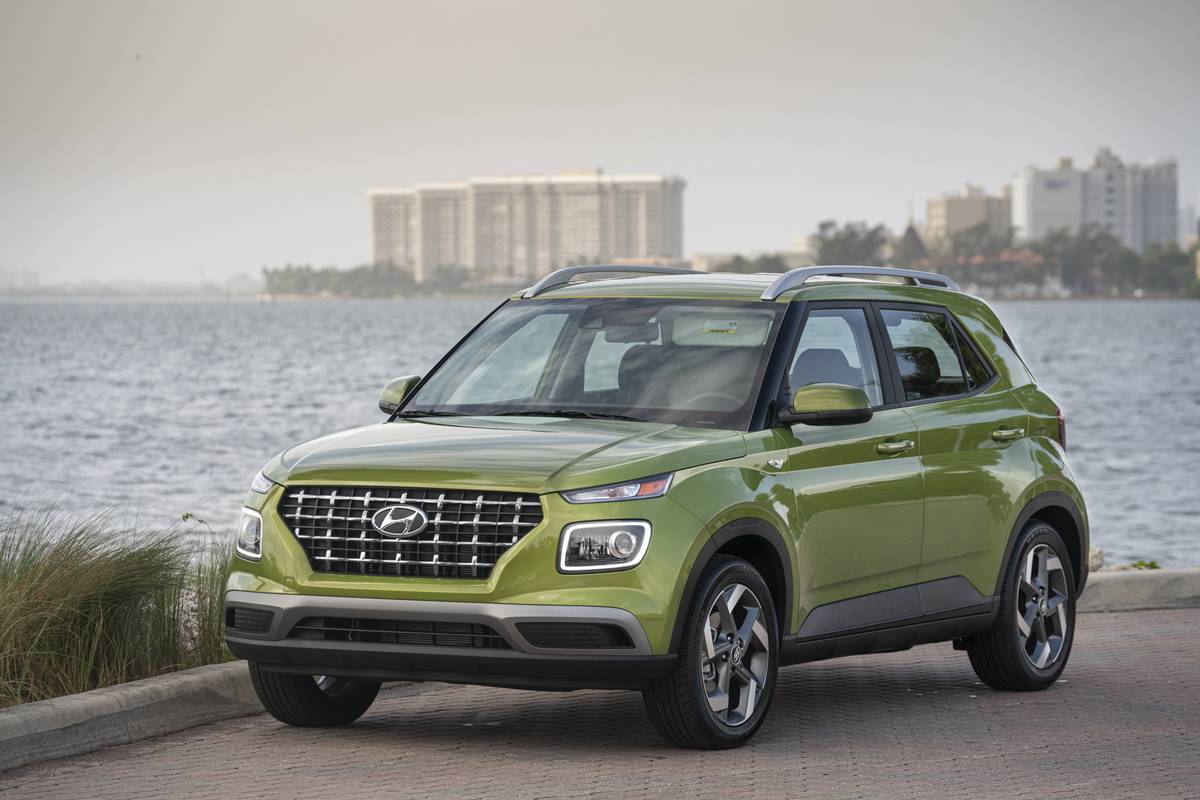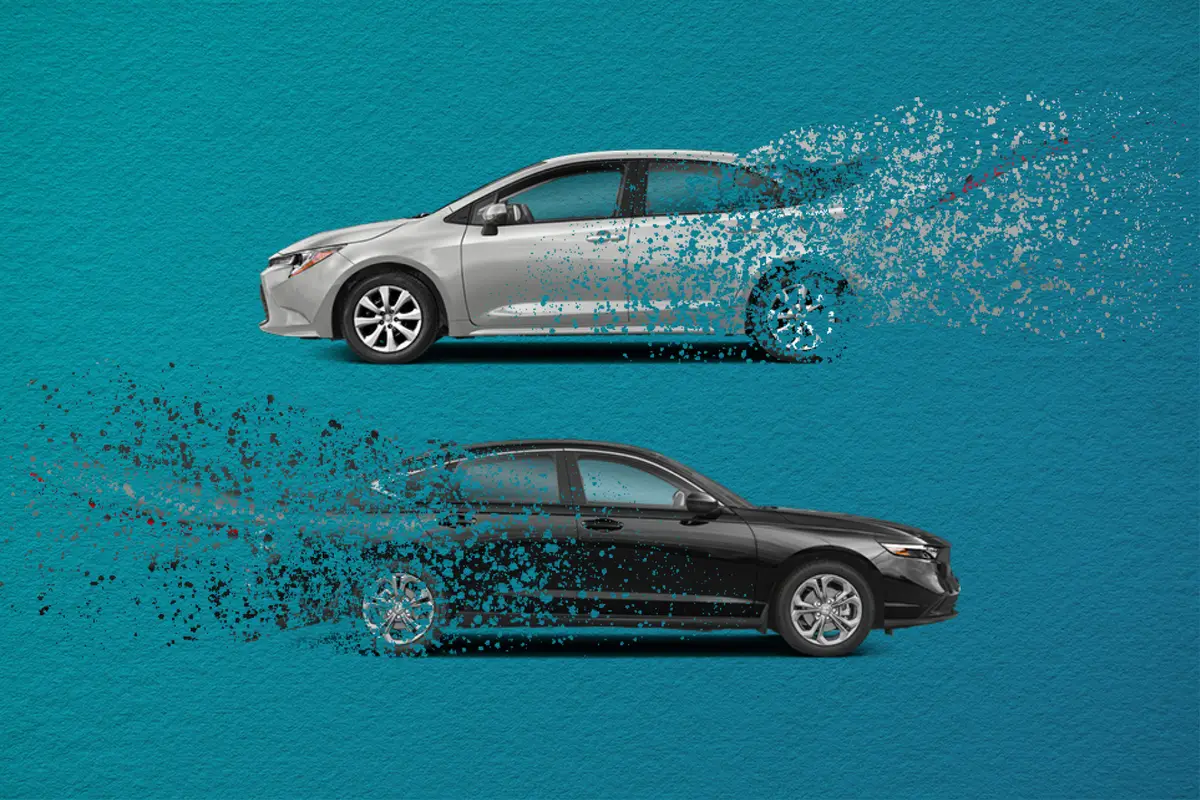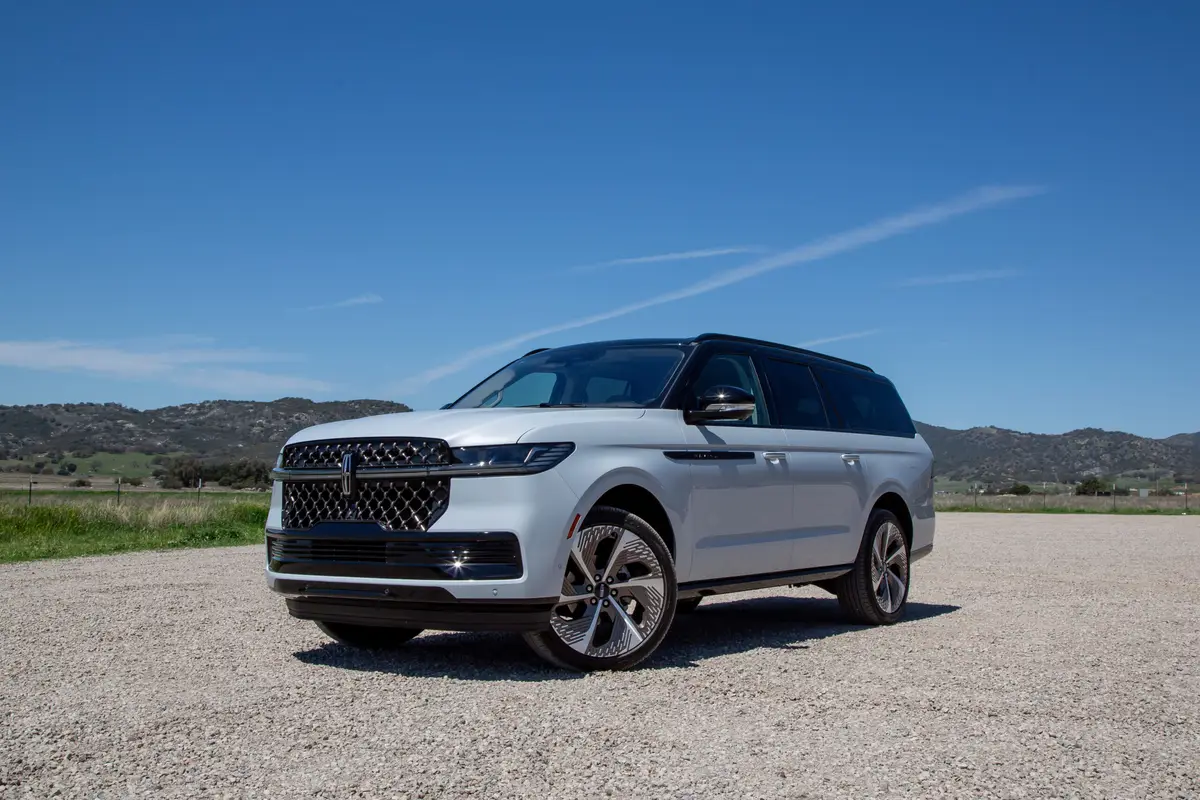Tesla Unveils Range Assurance Feature, Details Autopilot System


Going forward, your Tesla will warn you when may not make it back to a charger. Elon Musk, the automaker’s CEO, told reporters in a conference call today that Tesla’s latest over-the-air software update will incorporate a range assurance feature, which alerts drivers when they’re reaching a limit of range to make it back to a charger. Musk signaled as much earlier this week, tweeting Sunday that a forthcoming over-the-air update would “end range anxiety” for Model S owners.
Related: 2015 Tesla Model S P85D: First Drive
The software update, dubbed version 6.2, should be available over the air to current Tesla Model S owners via their cars’ 3G or LTE wireless networks. Tesla foots the bill for the connectivity, and Musk indicated no plans to charge a subscription anytime soon. Version 6.2 is already in beta testing among a small group of owners; provided good results, it should be available to current Model S owners in around 10 days.
According to Musk, 6.2 has a host of other updates. Among them is a trip planner that plans your route along Tesla’s free-for-owners charging network, which is now widespread throughout North America. A new valet mode limits engine power, and the update improves brake and accelerator-pedal feel. For cars built from October 2014 onward, 6.2 also adds autonomous emergency braking plus blind spot and side collision warnings.
Version 7
Musk also announced some details regarding the next major software update, version 7. It appears to make good on Tesla’s October 2014 unveiling of an Autopilot feature, which packs various autonomous driving functions.
Among them is fully automatic steering, a feature Tesla will enable on highways.
“It is technically capable of going from parking lot to parking lot,” Musk said, “but we won’t be enabling that for users with this hardware suite because we don’t think it’s likely to be safe in neighborhoods.”
He also cautioned that the system is no substitute for driver attention.
“This is auto-steering in the sense that it’s on autopilot,” he said. “There’s certainly an expectation on an aircraft that a pilot is paying attention. You’re not supposed to turn on autopilot and go to sleep.”
Still, Musk indicated he disagrees with the semiautonomous steering systems in the industry today, which remind you in relatively short intervals to put your hands on the wheel. Tesla’s Autopilot might issue an alert if it thinks you’re nodding off, but it doesn’t appear it will require periodic force applied to the wheel. Musk said Tesla engineers have driven from San Francisco to Seattle on Autopilot with virtually no intervention.
At low speeds on private property, version 7 will also enable Tesla’s much-anticipated “summon” feature, which uses ultrasonic sensors to drive the car to its owner or slip away to your garage, even closing the door once it’s parked.
Version 7 still “requires a lot of validation,” Musk said, and it’s “going to have a complete UI [user interface] overhaul because you kind of need one, given the way that the car is going to interact with you in the future.”
How will regulators react to all this? That much is still murky.
“We’re in constant contact with NHTSA [National Highway Traffic Safety Administration] and regulatory agencies around the world,” Musk told reporters. But he didn’t elaborate on their reception to the coming updates.

Former Assistant Managing Editor-News Kelsey Mays likes quality, reliability, safety and practicality. But he also likes a fair price.
Featured stories



2025 Lincoln Navigator Review: Elephantine Elegance

